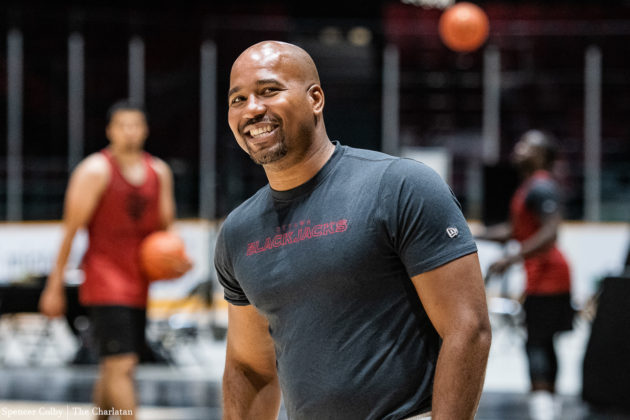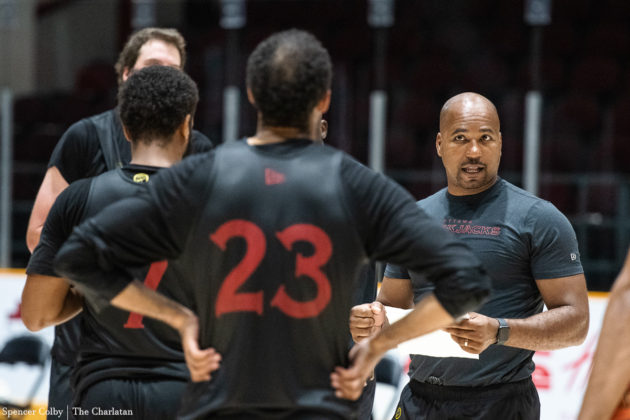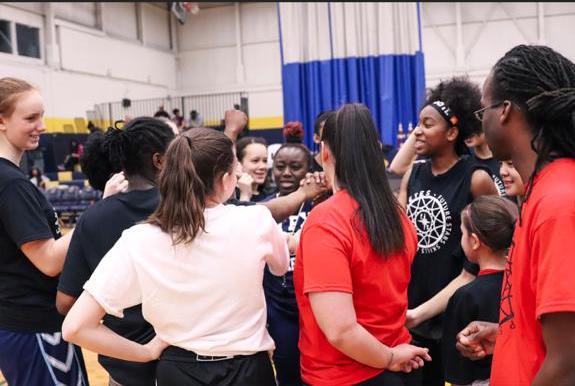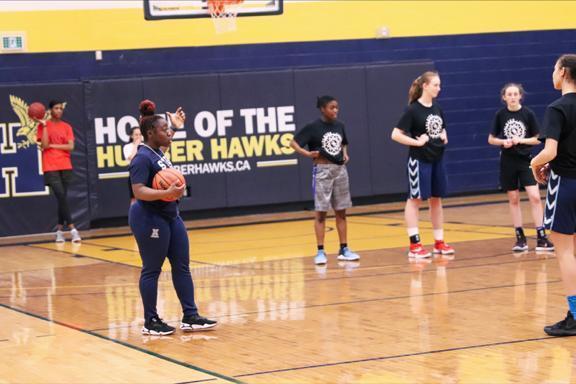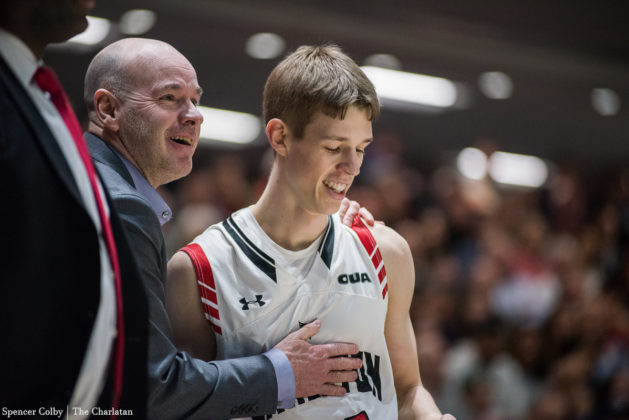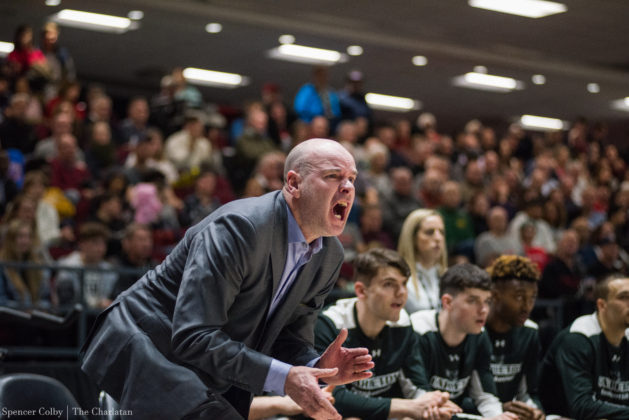Carleton alumnus Jafeth Maseruka never had his mother watching his basketball games or practices growing up. She was too busy juggling three jobs to put food on the table.
Instead, he had the help of other players’ parents, which he said was common practice within his friend group.
“[Families] driving us to the games were people who were more established financially,” Maseruka said. “Their parents were able to sit on the bench and coach if we needed … Right there is that opportunity for them to coach and get ahead.”
Today, Maseruka has been an officer with the Ottawa Police Service for over 12 years. Prior to serving in law enforcement, he had a storied basketball career.
Maseruka immigrated to Canada when he was seven years old. He moved from Uganda to Egypt before finally immigrating to Canada, and found solace in Ottawa when he started dribbling. He explained that he began playing basketball because it was the cheapest sport to play.
We are excited to announce the completion of our Basketball Operations Staff.✔️
Joining GM Smart and Head Coach Jeanty are assistant coaches Campbell, Edwards and Maseruka, as well as athletic therapist Pereira and team physician Dr. Curran.
More: https://t.co/H8pytAYWb2 pic.twitter.com/e3hQNfDrfD
— Ottawa BlackJacks (@ott_blackjacks) July 13, 2020
Although money and time were often limiting factors for him, Maseruka’s love of the game carried into his teenage years. He was a basketball player at St. Patrick’s High School, located in the south of Ottawa. He was also a player on the Carleton Ravens men’s basketball team (1998-03), which he helped lead to their first championship of 15 over the next 17 years.
More recently, Maseruka was an assistant coach for the Ottawa Blackjacks during the team’s inaugural season and has been an assistant coach with his former Ravens team for the last five years.
Reflecting on his journey with basketball, Maseruka said race was always relevant.
“I remember when I was growing up, people would refer to my high school as being an athletic school,” Maseruka said. “The word ‘athletic’ usually meant Black. The words you hear for ‘cerebral players’… Well, the cerebral players were the white guys.”
St. Francis Xavier University women’s basketball head coach Lee Anna Osei also experienced the realities of racism as a teenager while attending Eastern Commerce Collegiate Institute, a high school in Toronto.
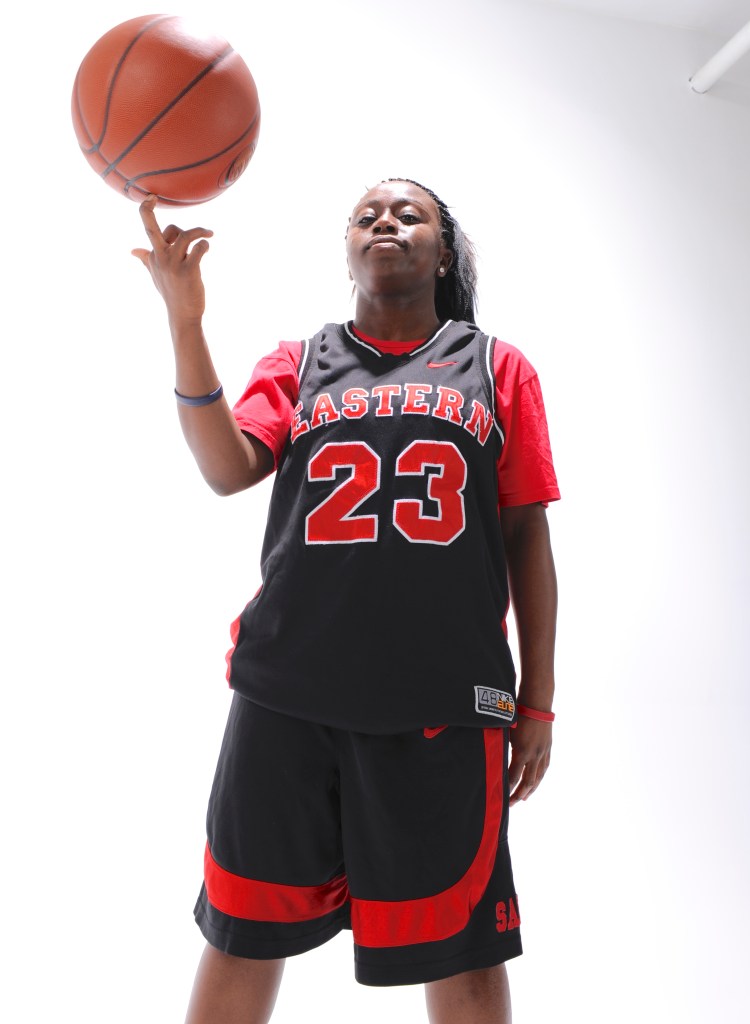
When Osei’s high school basketball team travelled from Toronto to Hamilton, Ont. during her senior year to play in a tournament, she quickly realized the all-Black roster was going to face discrimination.
“We walked into a gym at St. Thomas More (Catholic Secondary School) and sat down on the bleachers and quite literally everyone would get up and move,” Osei said. “Parents, grandparents, kids that were playing next.”
Osei said she originally thought the rude behaviour was because she and her teammates were from out of town. The next game shattered the façade.
During a physical game, Osei said a teammate fouled a player going for a layup. As an Eastern Commerce player gained possession and ran the ball up the floor, Osei said her teammate was shoved mid-air during a layup—with no play on the ball. Flailing backwards, the back of her head ricocheted off the floorboards. The whole arena went silent.
“This parent jumps up and points and she goes … ‘They play dirty, they are dirty, she deserved it,’” Osei said. “We were all asking ourselves, ‘How did this happen?’ We were just playing basketball.”
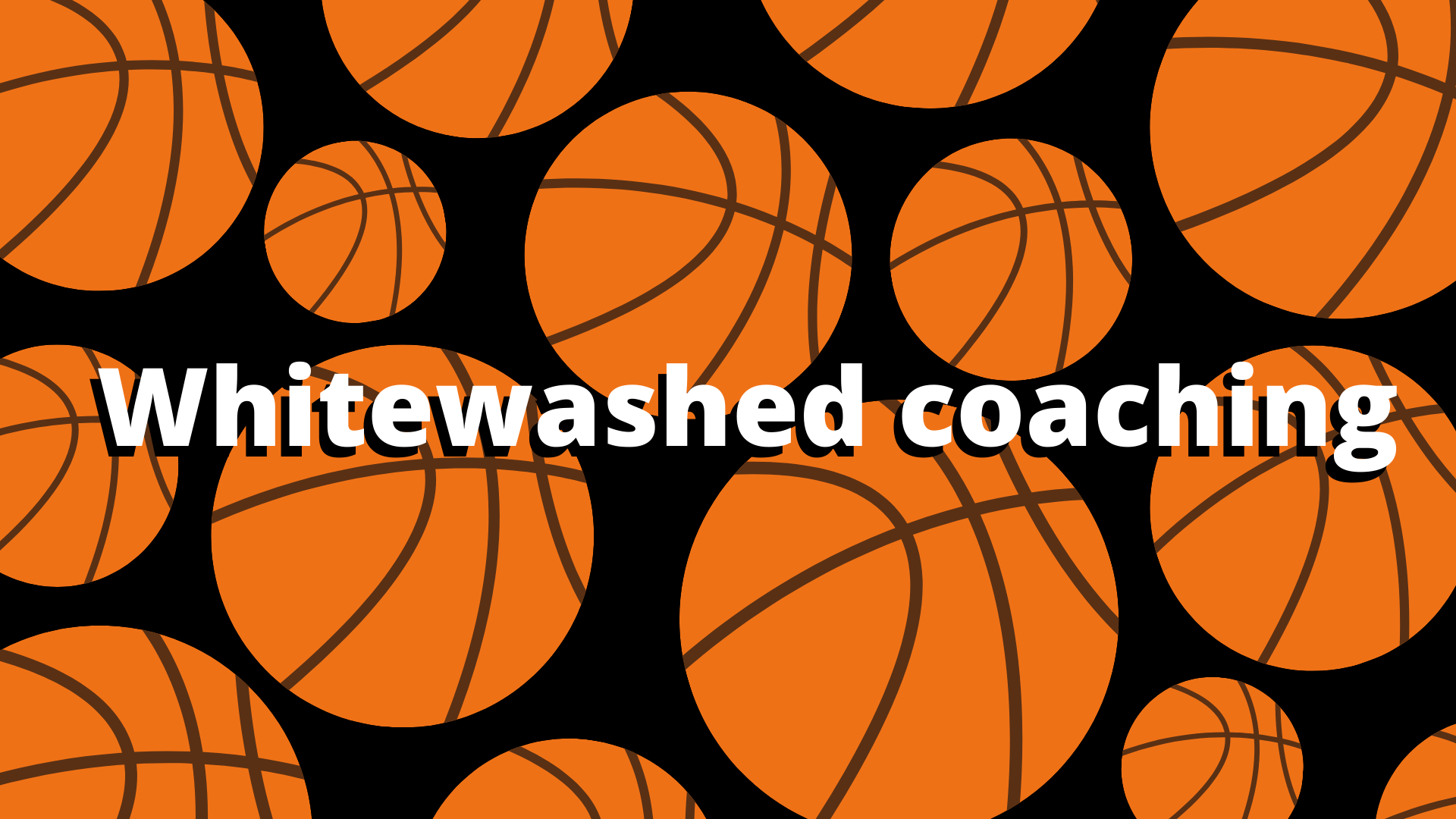
Not only does skin colour impact gameplay, but it also affects basketball stakeholders. Some of the NBA’s biggest figures—such as former New York Knicks’ head coach David Fizdale and the Undefeated’s Marc J. Spears—vocalized the poor representation for people of colour in head coaching.
More than 80 per cent of the league’s players are people of colour, according to a recent study done by the Institute for Diversity and Ethics in Sport last June, yet only 30 per cent of the leagues head coaches are people of colour.
Last season there were 10 NBA head coaching vacancies, offering the chance for a change in the disparity of people of colour. Yet there are still only nine of 30 head coaches who are people of colour—staying at 30 per cent in the league overall.

Osvaldo Jeanty, a Ravens men’s basketball alumnus and head coach of the Ottawa Blackjacks, said equal opportunity is important for all players and coaches.
“For me, there’s no real issue with that 30 per cent. If there’s 10 white applicants, are there also 10 Black applicants?” Jeanty said. “That matters to me—that everybody gets a chance.”
Jeanty was teammates with Maseruka in his first of five championship seasons with the Ravens and the two remain close today. They have been Ravens’ assistant coaches together for then-head coach Dave Smart. Last year, Maseruka was also an assistant coach for Blackjacks’ head coach Jeanty.
The NBA’s poor standard for inclusion in management positions is also reflected in Canadian university sports, according to a recent investigation conducted by CBC Sports in July.
The visual audit—which examined nearly 400 Canadian university football, men’s and women’s basketball, hockey, soccer and track positions—found that “only about 10 per cent were held by Black, Indigenous or people of colour (BIPOC). Only one has a non-white athletic director.”

The results unveil a grim truth known well by Jeanty through his 18 years of playing basketball. From Samuel-Genest high school in Ottawa to his five-championship seasons with the Ravens, to winning a championship with the Nordlinger Giants at the ProA level in Germany—he’s only ever played for one coach of colour.
“Everywhere I went there was a lot of Black people playing the sport, but once you started being a coach, a general manager, in a management position, it never felt like there was enough,” he said.
Even for those who succeed in management positions despite the disparity like Osei, race-based hurdles continue well after the job is secured.
In 2018, Osei became one of the youngest head coaches in all of U Sports at 27 years old when she took over St. Francis Xavier women’s basketball. She said she quickly realized the colour of her skin would be a greater obstacle to her job than she imagined.
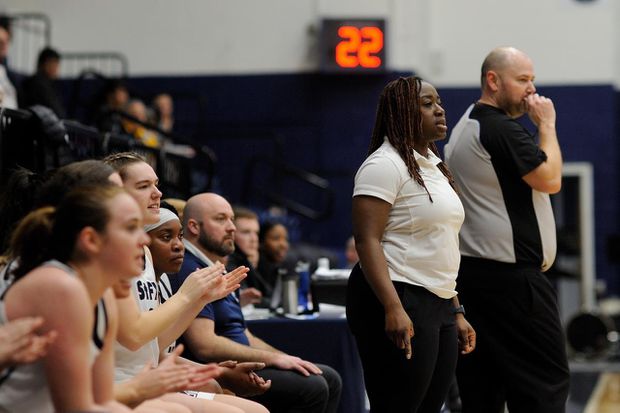
Osei explained that she thinks some of the differential treatment she received from peers and student athletes alike is due to the intersectionality of her race and gender.
Osei said fortunately she has been able to lean on her strong relationship with St. Francis Xavier’s athletic director, Leo MacPherson, to help navigate the challenges.
She added she feels supported in her coaching journey at the university, surrounded by “amazing people.”
“I don’t think my experience here was a St. Francis Xavier experience. I think it was an experience for many people of colour that have or will be in my predicament,” she said. “It is geared around the fact that there isn’t widespread anti-racism education that is happening on an annual basis.”

Jeanty said opportunity has never been a given for him due to his race and he believes that providing more opportunity for people of colour is where ending racism starts.
“I came from a family where both parents were making minimum wage. My mom worked two jobs, and my dad worked three, just to give me a chance to succeed,” Jeanty said. “It’s the knowledge they didn’t have, the opportunity they didn’t have, and that’s what makes a difference.”
Similar to Maseruka, Jeanty immigrated to Ottawa from Haiti at the age of six. He began playing basketball because it was what his parents could afford.
“There’s no situation that’s more competitive than the game of basketball and that’s what makes it interesting,” Jeanty said. “I’ve always wanted to challenge myself to go to new heights and basketball offered that to me.”
Osei shares a similar story. Growing up in Toronto’s Jane and Finch neighbourhood, Osei said she was no stranger to crime, violence or poverty. For young Osei, basketball was an escape.
“I honestly did feel like it was an equalizer, in a room full of people that had two-parent families, financial savings, and didn’t have to worry where their next meal was coming from,” Osei said. “All that went out the window when it came to training or games. That’s why I really thrived.”
In high school, Osei had to lean on the kindness of her coaches to make ends meet after financial problems and personal conflicts left her without a home.
“One of my coaches [Coach Ro Russell] actually became my parental guardian and kind of helped me through some processes. I was on welfare for a little bit through school,” Osei said.
“I had another coach [Coach Kareem Griffin] who was living with his mother who was a breast cancer survivor that actually moved out so I could live with his mom,” Osei said. “He bummed a couch for three-and-a-half years in downtown Toronto so I could go to school and be somewhere safe.”
Despite challenges, Osei stayed committed to basketball.
Sharing her drive, Jeanty said he has been successful throughout his playing, coaching and financial planning careers in part because of the colour of his skin.
“I always felt I had to be much better than the competition to get through. My parents always said that, ‘You as a Black man have to be better, you have to be perfect,’” Jeanty said. “Being good is not good enough.”
He added this type of motivation stems from systemic inequities.
“My Caucasian counterparts have never had to be perfect, they just have to meet the criteria because they had more opportunities, so for me I was just taught that we needed to excel,” Jeanty said. “If you didn’t, it was going to be more difficult for you because of your colour.”
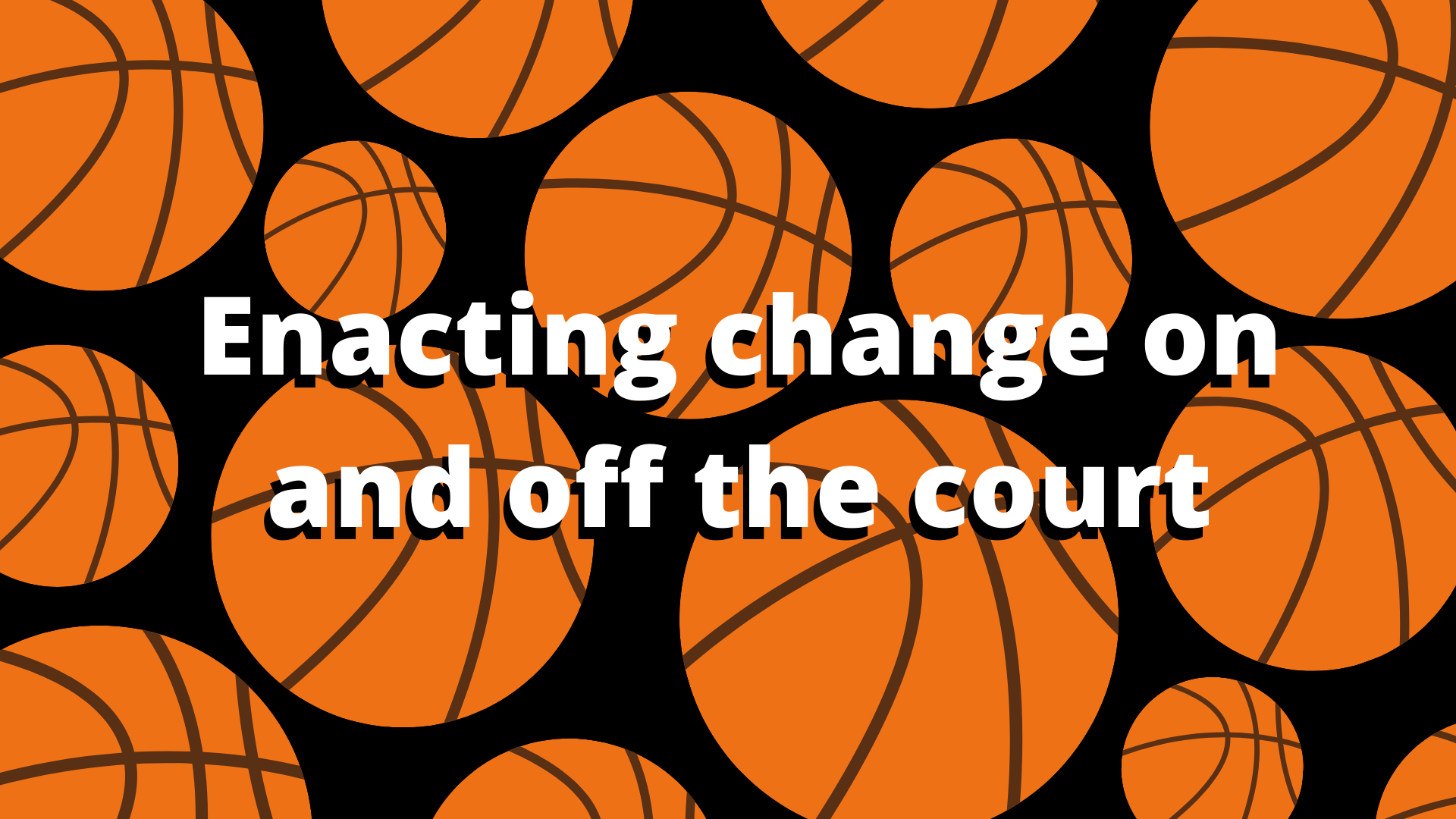
The former basketball players who have found success in coaching now want to pay the opportunities they were given forward.
Together with Sgt. Chabine Tucker, Maseruka founded Ottawa Hoopstars—a team of volunteer officers, community partners, and engaged community members who play basketball with children across all the city’s neighbourhoods.
“I could help our community and help people who are in the position I was growing up,” Maseruka said.
Maseruka also works together with his mentor and former Ravens coach Dave Smart by founding the Athletes Combating Racism initiative, which held its first outing in early September. According to the not-for-profit organization’s mission statement, ACR aims to combat systemic racism by providing youth equal opportunities and mentorship from community role models.
“Sometimes a lot of my friends did go in the wrong directions, but they felt that they had very little options,” Maseruka said. “By helping provide opportunities for kids that they might not otherwise get … it allows them to walk through doors they may feel were otherwise closed.”
Jeanty’s own Jeanty Basketball mentorship and skill-based programs also provide opportunities that neither Jeanty or Maseruka had while growing up in Ottawa.
Jeanty said he believes racial inequities within the sport are slowly improving.
“It’s changing, and I think just giving more awareness now is making a difference,” he said. “Even though we’re visible minorities, we can do the job as well as any other.”
Osei is hoping to build evidence, awareness and support for the struggles Canadians of colour face within the sports world. She founded the not-for-profit organization Black Canadian Coaches Association (BCCA) in June to provide more equity in Canadian coaching.
https://twitter.com/BCC_Association/status/1348471269717651457?ref_src=twsrc%5Etfw%7Ctwcamp%5Etweetembed%7Ctwterm%5E1348471269717651457%7Ctwgr%5E%7Ctwcon%5Es1_&ref_url=https%3A%2F%2Fapp.yearly.report%2Fbuilder%2F%3Frid%3D-MKG6tME4Ui7wyrvjSsq
While doing research for the BCCA, Osei found a 2019 Statistics Canada report identifying Hamilton as having the highest rate of police-reported hate crimes per 100,000 people in Canada—where she and her team had been discriminated against at the high school tournament years ago.
“Now I’m connecting with coaches who are currently living in Hamilton or who work there,” Osei said. “It’s crazy that it’s been a decade and we’re still here. How is this still happening?”
For Osei, implicit racial biases and stereotypes stem from the flaws in formalized sports and education that don’t address the different backgrounds students and athletes have.
“We need to get to a point where it’s normalized and it’s within our annual strategic direction that we’re having conversations about race and racism,” Osei said.
We’re pleased to announce that we will be partnering with the Coaching Association of Canada (CAC) to deliver Canada’s first-ever Black Female Coaching Mentorship Program. For more information on this initiative and how to apply, please visit our website!https://t.co/105LzoLYZr pic.twitter.com/ZnxIOSS86h
— Black Canadian Coaches Association (BCCA) (@BCC_Association) October 14, 2020
One of the ways her work with the BCCA is addressing this need is through their Racial Equity Project, which looks to collect race-based data from U Sports and Canadian Collegiate Athletic Association institutions detailing the experiences of Black, Indigenous and people of colour in Canadian colleges and universities.
This is a practice which Osei said has been normalized in the United States, leading to the Institute of Diversity and Ethics in Sport, and more equitable policies.
“Unfortunately, we do need the proof because systemically that’s been part of the problem,” she said. “We have to be careful what we assume is working.”
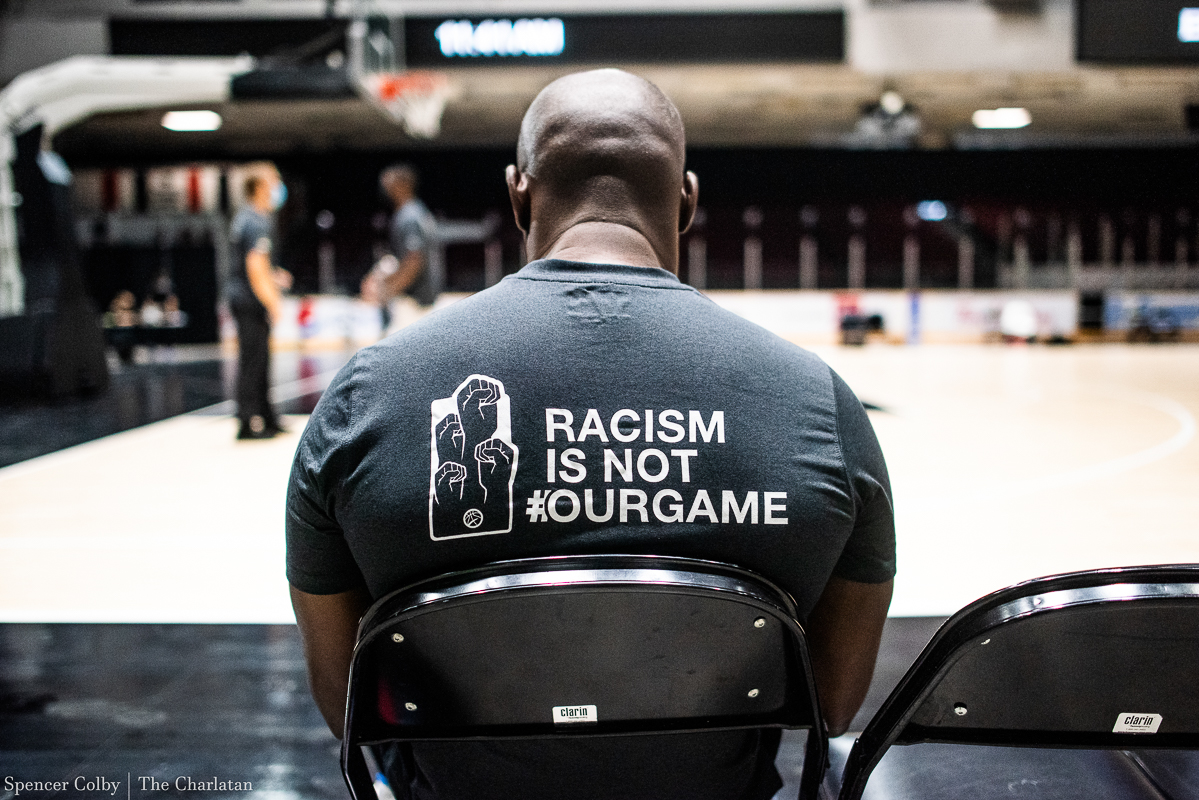
“Growing up under similar circumstances—single-parent home, very little finances, in a new country—that was kind of my reality, and I see a lot of kids who have the same reality,” Maseruka said. “I’ve been in that position, and I can also see where it can lead to—and it can lead to a lot of good places.”
Today, Maseruka is able to drive his kid to games and sit on the bench with him—an experience that he, Jeanty and Osei never had growing up.
Featured graphic by Jillian Piper.


